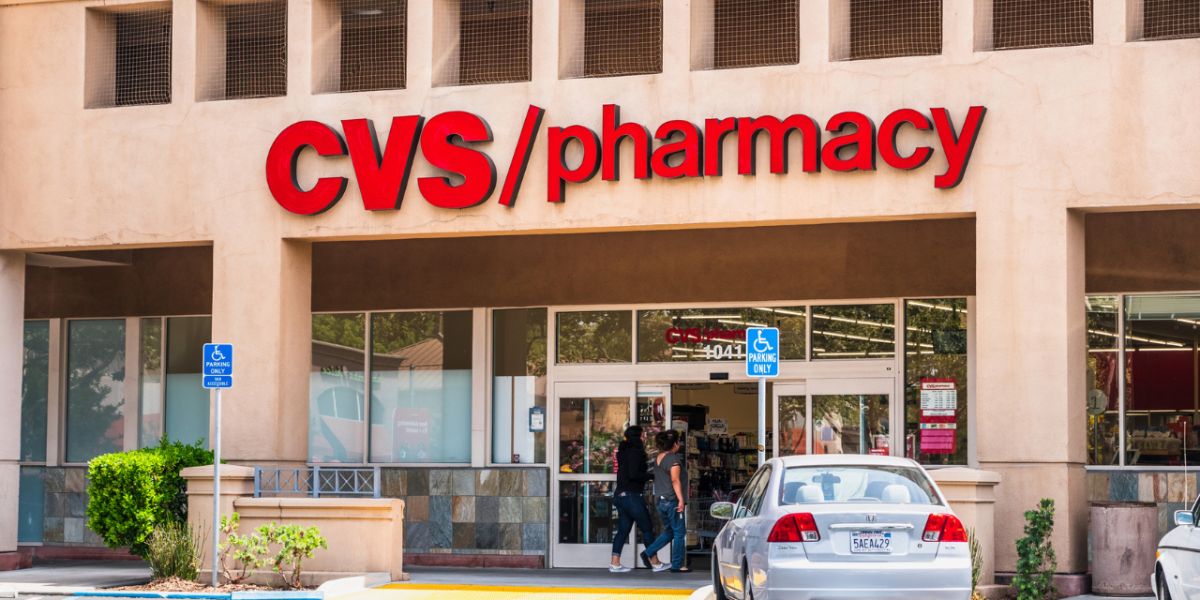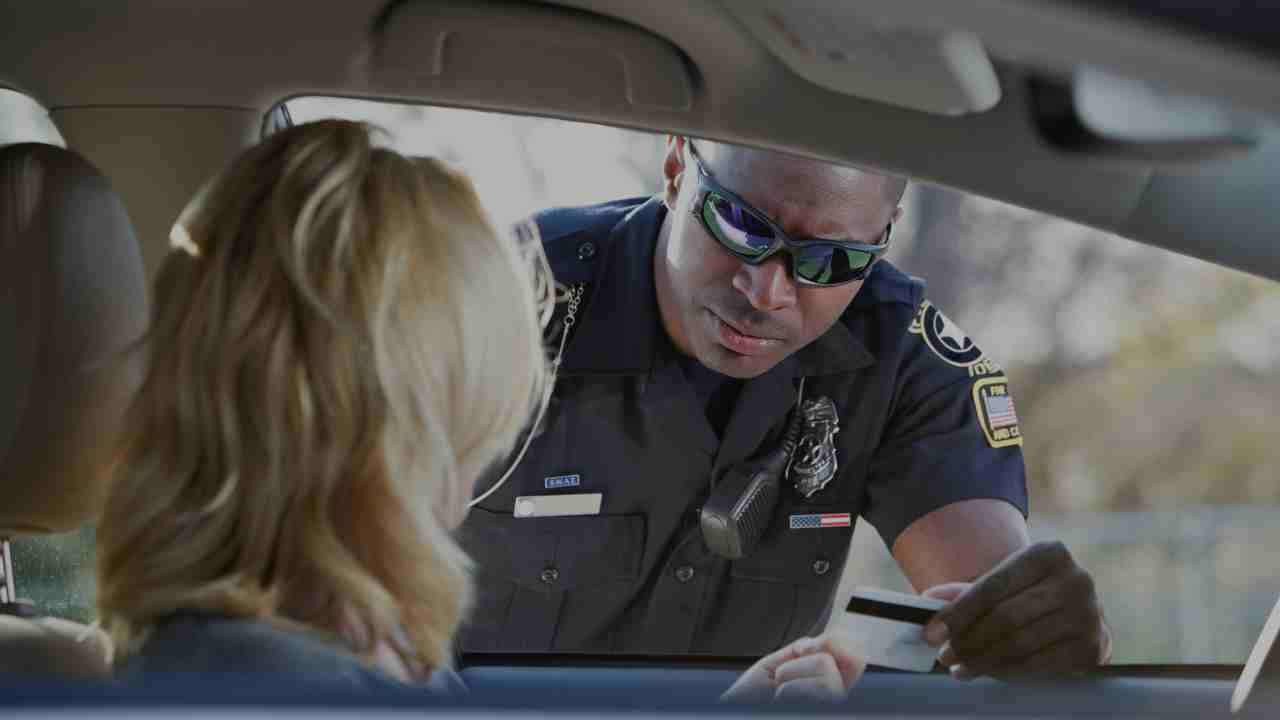Local pharmacies nationwide are having a difficult day because CVS recently revealed that 271 of its locations will close in 2025. These local locations are more than just numbers; they are where folks may pick up prescription drugs, get cough drops, and perhaps even speak with a pharmacist who knows them by name.
There will be fewer stores on the map as a result of CVS’s goal to “streamline and simplify” their operation.
This is not an unexpected piece of news. For years, a wave of pharmacy closures has been sweeping through the US pharmaceutical industry.
As these large pharmacy chains struggle to adapt to a world where same-day prescription delivery has rendered physical corner pharmacies obsolete, Walgreens is also closing locations. CVS is not the only company doing this.
What’s Actually Happening with CVS’s Big Plan?
According to CVS, these closures do not indicate a failure. To better serve the demands of their customers, they are referring to it as a “realignment.”
To put it simply, they are closing underperforming locations to concentrate on the profitable ones. It all comes down to adjusting to modern consumer purchasing habits.
“We’re focused on making sure we have the right kinds of stores and the right number of stores in the right locations,” a CVS representative stated plainly.
Although it’s difficult to argue with the reasoning (no one wants to manage a business that loses money), it’s nonetheless devastating for towns who relied on CVS as their go-to drugstore.
Where Do the Closures Take Place?
Although the firm isn’t providing a comprehensive list of all closures, independent tracking and local reporting have already helped to piece together the locations of some of these 271 stores that are closing. A sample of the worst-hit locations is as follows:
| State | Cities/Locations Affected |
| California | San Francisco, Sacramento |
| Florida | Orlando, Tallahassee |
| Illinois | Chicago, Highland Park |
| New York | Manhattan, Staten Island |
| Massachusetts | Boston |
| Ohio | Cleveland |
| Washington, D.C. | Multiple locations, including Target pharmacies |
Customers who live in locations where pharmacies are closing may have to make longer trips to fill their prescriptions and may not be able to get immediate answers to their queries from a pharmacist.
Read Also: Dozens of Walgreens Stores Shutting Down in 17 States: See the Locations
After these closures, 85% of Americans will still reside within 10 miles of a CVS shop, according to CVS. Yes, but those extra miles can be a major issue for the 15% who don’t. For a basic drug refill, not everyone has the time, money, or mobility to drive further.
What will happen to these massive pharmacies next?
They are by no means given up. In order to stay ahead of Amazon and the competition, CVS intends to continue promoting their “omnichannel health strategy,” which combines digital tools, home delivery, and in-person care.








